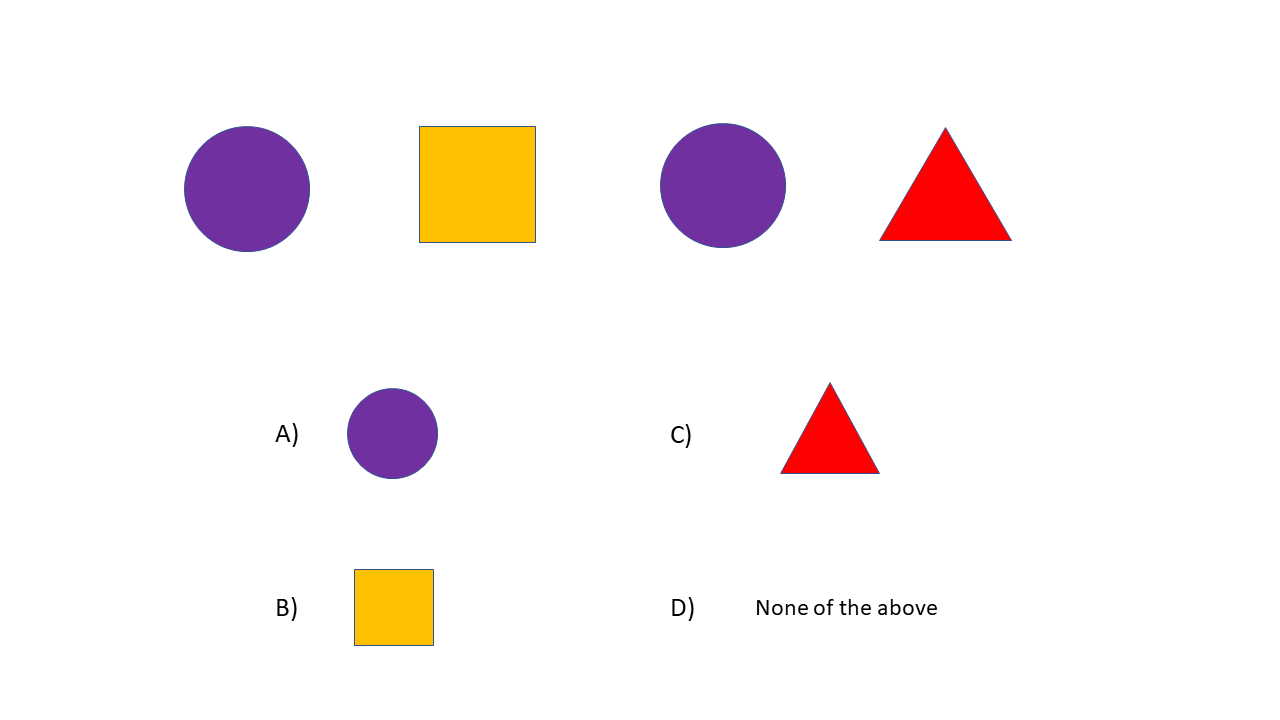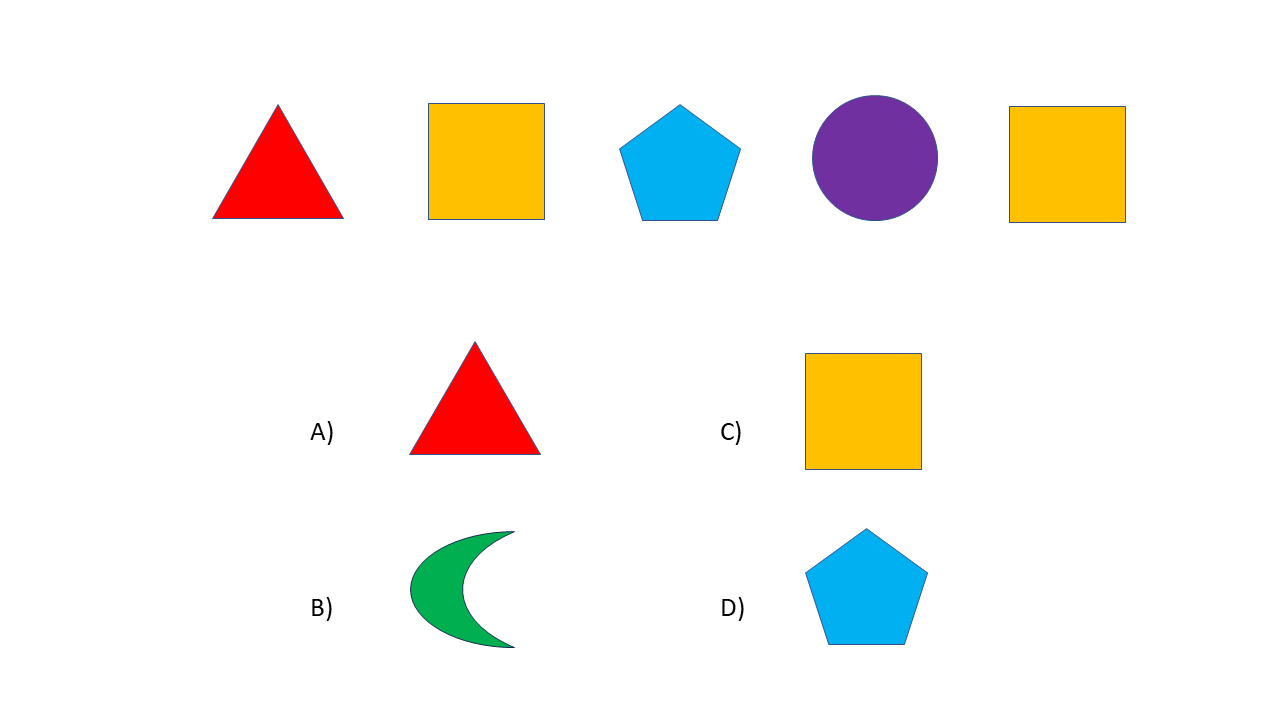How to Pass the Air Force Electronic Data Processing Test (EDPT) in 2025
All products and services featured are independently selected by WikiJob. When you register or purchase through links on this page, we may earn a commission.
- What Is the Air Force Electronic Data Processing Test (EDPT)?
- What Is Included in the Air Force EDPT Test? EDPT Study Guide with Sample Questions
empty
empty
empty
empty
empty
empty
empty
empty
empty
empty
- How Is the Electronic Data Processing Test Scored?
- How to Prepare for the Electronic Data Processing Test
- Frequently Asked Questions
- Final Thoughts
What Is the Air Force Electronic Data Processing Test (EDPT)?
The Air Force Electronic Data Processing Test (EDPT), used by the US Air Force and Marine Corps, evaluates candidates' cognitive skills for technical roles.
Designed to assess math, reasoning, and problem-solving abilities, it aids in identifying top talent.
To prepare, review math basics, practice abstract reasoning and mental math and utilize official resources.
The Air Force Electronic Data Processing Test (EDPT) is a cognitive aptitude test used by the United States Air Force to assess the suitability of candidates applying for technical and computer-related positions such as into specialized IT or computer programming roles within their service, Marine Corps or Air Force.
Taken at a military entrance processing station (MEPS), the EDPT is used to determine an individual's potential to excel in fields that require strong cognitive skills, such as computer programming, systems analysis and data processing.
It measures a candidate's ability to evaluate candidate's aptitude in areas such as complex technical concepts and data analysis.
The test also assesses candidates' ability to draw logical conclusions and problem-solving, which are crucial for success in technical roles within the military profession.
The test is one of the most challenging around. It is 90 minutes long, with 120 multiple-choice questions that cover five subject areas.
Questions involve pattern recognition, math calculations, and logic puzzles.
The EDPT test is a high-pressure assessment. Candidates are given 45 seconds for each question on the test.
With approximately 10% of the test takers passing the test, success on the test requires EDPT test practice, planning and preparation.
The assessment, while testing for skill, often finds those individuals who are the most motivated.
Results from the test show the military recruitment team which candidates are most logical and critical reasoning and the ability to think creatively.
The test also shows which applicants can perform well under pressure.
What Is Included in the Air Force EDPT Test? EDPT Study Guide with Sample Questions
There are five sections to the Electronic Data Processing Test (EDPT).
These five sections each evaluate a different cognitive aptitude relevant to the abilities needed for suitability for technical and computer-related roles:
- Mental Arithmetic
- Abstract Reasoning
- Math Word Problems
- Verbal Analogies
- Number Sequences
Practicing before taking the EDPT test is essential to enable you to perform at your best.
This helps you become familiar with the question format, style and how you react in a timed situation.
To help with your preparation, outlined below are some EDPT practice test questions, along with answers and solutions.
Mental Arithmetic
The mental arithmetic section of the EDPT test evaluates individuals' use of numerical information to solve complex number problems.
Candidates are also assessed on their ability to work under pressure to reach the correct solution.
Candidates must use their working knowledge and practical understanding of basic mathematic concepts such as multiplication and division, how to calculate percentages or fractions and addition and subtraction.
All calculations must be performed without a calculator.
Mental Arithmetic EDPT Practice Test Questions
What is the answer to the following:
17 × 8 + 25?
a) 150
b) 161
c) 158
d) 132
What is the answer to the following:
90*171-67 = ?
a) 15,313
b) 15,323
c) 13,323
d) 12,313
Abstract Reasoning
This section of the EDPT test uses non-verbal abstract information such as patterns, shapes or images.
Candidates must look at the information and then identify the relationship or link between the information they have been given.
Once identified, then select which of the multiple-choice images answers the question presented.
It is worth noting that the images given may be rotated or a different size.
Candidates must use their logical reasoning to determine the correct answer.
Abstract reasoning is a highly challenging skill not often encountered in daily life.
Mastering and honing this ability requires significant amounts of practice.
Abstract Reasoning EDPT Practice Test Questions
Question 1: Identify the next shape in the pattern below

Determine the missing figure in the pattern below.

EDPT Practice Test with JobTestPrep
Math Word Problems
The Math word problem section of the EDPT test assesses a candidate's ability to understand and solve real-world mathematical scenarios.
Candidates must carefully read each and identify the relevant information.
Taking this information, they must translate it into equations or expressions, solving the problem to ensure the answer makes sense in the context of the problem.
Math Word Problems EDPT Practice Test Questions
What is the final cost after the discount if a shirt costs $45 and is on sale for 20% off?
a) $9
b) $36
c) $39
d) $54
If a computer store offers a 30% discount on a laptop that costs $700, what is the final price after the discount?
a) $400
b) $490
c) $450
d) $390
Verbal Analogies
In the Verbal analogies test, a candidate's ability to identify relationships between words and apply those relationships to solve analogical problems is evaluated.
The test taker must identify the relationship between the first pair of words.
Then, apply the same relationship to the second pair of words to select which of the multiple-choice answers given is the correct choice.
Having a wide and varied vocabulary will help with this assessment.
Verbal Analogies EDPT Practice Test Questions
Apple: Fruit. Carrot: ?
a) Vegetable
b) Red
c) Snack
d) Salad
Cat: Meow; Dog: ?
a) Bark
b) Claws
c) Purr
d) Quack

Number Sequences
The number sequences section of the EDPT test requires candidates to determine the pattern or rule governing a sequence of numbers.
To solve the problem, individuals must analyze the differences between consecutive numbers or look for a linking pattern, such as a number being added/subtracted.
Using this link, they then apply the pattern to the last given number to determine the following number.
This test requires you to be able to think clearly and carefully.
And it requires logical thinking and some quick calculations.
Number Sequences EDPT Practice Test Questions
What is the next number in the sequence: 2, 5, 10, 17, ___?
a) 24
b) 27
c) 26
d) 31
What is the missing number in the sequence: 12, 9, __, 3, 0?
a) 6
b) 7
c) 4
d) 5
How Is the Electronic Data Processing Test Scored?
The EDPT test is a timed assessment.
Candidates are given marks for questions answered correctly.
The more questions correctly answered, the higher the overall score will be.
If you struggle with a question, it is best to mark your best choice rather than selecting a random answer to avoid wild guessing.
The pass mark depends on the position an individual has applied for.
For example, individuals applying for a role as a Technical Application specialist may need a score of 57, whereas candidates applying for specialist positions in Cyber Warfare need a minimum score of 60 points.
It is worth remembering that candidates' overall scores are compared to those of other candidates.
Those with the highest score on the EDPT test are deemed successful in the test. Given this, time management, thorough preparation, and keeping calm are all essential for those sitting the EDPT test.
If you need to prepare for a number of different employment tests and want to outsmart the competition, choose a Premium Membership from JobTestPrep.
You will get access to three PrepPacks of your choice, from a database that covers all the major test providers and employers and tailored profession packs.
How to Prepare for the Electronic Data Processing Test
Preparing for the Electronic Data Processing Test (EDPT) requires a combination of solid problem-solving skills, familiarity with the test format and targeted practice.
Here's a step-by-step guide to help you prepare effectively:
Step 1. Understand the Test Format
Research and understand the structure of the EDPT, including the sections it covers and the types of questions you'll encounter.
Step 2. Review Basic Concepts
Refresh your memory on fundamental math concepts such as arithmetic, algebra and geometry.
Focus on mental math techniques to improve speed.
Step 3. Practice Cognitive Skills
The EDPT test is a cognitive ability test.
Work on improving your abstract reasoning, pattern recognition and logical thinking abilities.
Practice solving puzzles and brainteasers to enhance these skills.
Step 4. Familiarize with Number Sequences
Practice solving number sequence problems. Learn to identify patterns, progressions and relationships between numbers.
Step 5. Practice Your Mental Arithmetic
Practice mental math exercises regularly to boost your calculation speed and accuracy. Focus on addition, subtraction, multiplication and division.
Step 6. Practice Verbal Analogies
Practice solving verbal analogies to sharpen your ability to identify relationships between words and apply them to new situations.
Step 7. Timed Practice Tests
Simulate the test environment by taking timed practice tests. This means practicing under timed conditions in a room that is quiet and free from distraction.
This will help you manage your time effectively during the actual test.
Step 8. Focus on Weak Areas
Identify your weaker areas and spend extra time practicing and improving in those specific areas.
Don't neglect your areas of strength. Ensure you master your skills in these areas.
Step 9. Stay Calm and Confident
Approach your preparation with a positive mindset.
Confidence and a calm demeanor during the test can positively impact your performance.
Step 10. Take Care of Yourself
Prioritize sleep and a healthy diet before the test.
On test day, ensure you have eaten and are well hydrated.
Physical and mental well-being contribute to optimal cognitive function.
Step 11. Practice Tests
Take practice tests to get a sense of the actual test's duration and to practice tackling various questions.
After practicing, review your answers and understand where you went wrong.
Learning from your mistakes is crucial to improvement.
Remember that preparation is an ongoing process. Consistent and focused practice over time will lead to better results.
EDPT stands for Electronic Data Processing Test. It's an aptitude assessment used by the US Air Force to evaluate candidates' cognitive skills in math, reasoning and problem-solving.
The test assists in selecting suitable individuals for technical roles by measuring their abilities to process and analyze data effectively.
The EDPT test is notoriously challenging, with approximately one in 10 takers able to complete the test and pass.
Scores are compared to others taking the test, so candidates need to score as high as possible to be sure of passing.
The most challenging aspect of the EDPT test is the timed element.
With only 45 seconds to answer each question, candidates must manage their time wisely.
The U.S. Air Force administers the Electronic Data Processing Test (EDPT) as part of their recruitment process.
Candidates can take the test at designated Air Force recruiting centers or testing facilities such as the Miltary Entrance Processing Station (MEPS)
The EDPT is a challenging assessment of an individual's cognitive abilities. EDPT test prep is essential to understand each part of the assessment.
Practicing the test by simulating test conditions, refreshing their memory of concepts used, and staying calm and focused when sitting the test are all essential to performing to the best of your ability.
You can do several things to prepare for the EDPT; these include understanding the test format and content and refreshing your memory of basic math, such as mental math and number sequences.
Taking a free EDPT practice test under timed conditions to identify any areas of weakness, reviewing areas for improvement, and maintaining your well-being are all essential factors in preparing.
There are 120 questions on the EDPT test covering five sections: abstract reasoning, mental arithmetic, number sequences, math word problems and verbal analogies.
Each section evaluates a specific cognitive ability.
Taking an Air Force EDPT practice test is the best way to study for the EDPT test. Air Force Electronic Data Processing test practice enables you to become familiar with each section in the test, any areas you need to improve, and the format and style of questions.
When taking an EDPT practice test, ensure you simulate test conditions to put yourself under the time pressure you will feel in the actual test.
Sample Air Force EDPT practice test questions, can be found in various sources, including Psychometric Success and the Air Force website.
Final Thoughts
The EDPT test is an assessment the Air Force or Marine Corps uses for individuals interested in applying for technical and specialist roles.
The test is a challenging assessment of an individual's cognitive abilities, data analysis and problem-solving aptitudes.
Test scores from the EDPT test are compared to other individuals, with the candidate with the highest score being successful in the test.
To give yourself the best chance of success, it is essential to prepare beforehand.
Familiarising yourself with the test format and structure through EDPT test practice, simulating test conditions and maintaining your well-being are all critical factors to achieving your highest score in the assessment.





